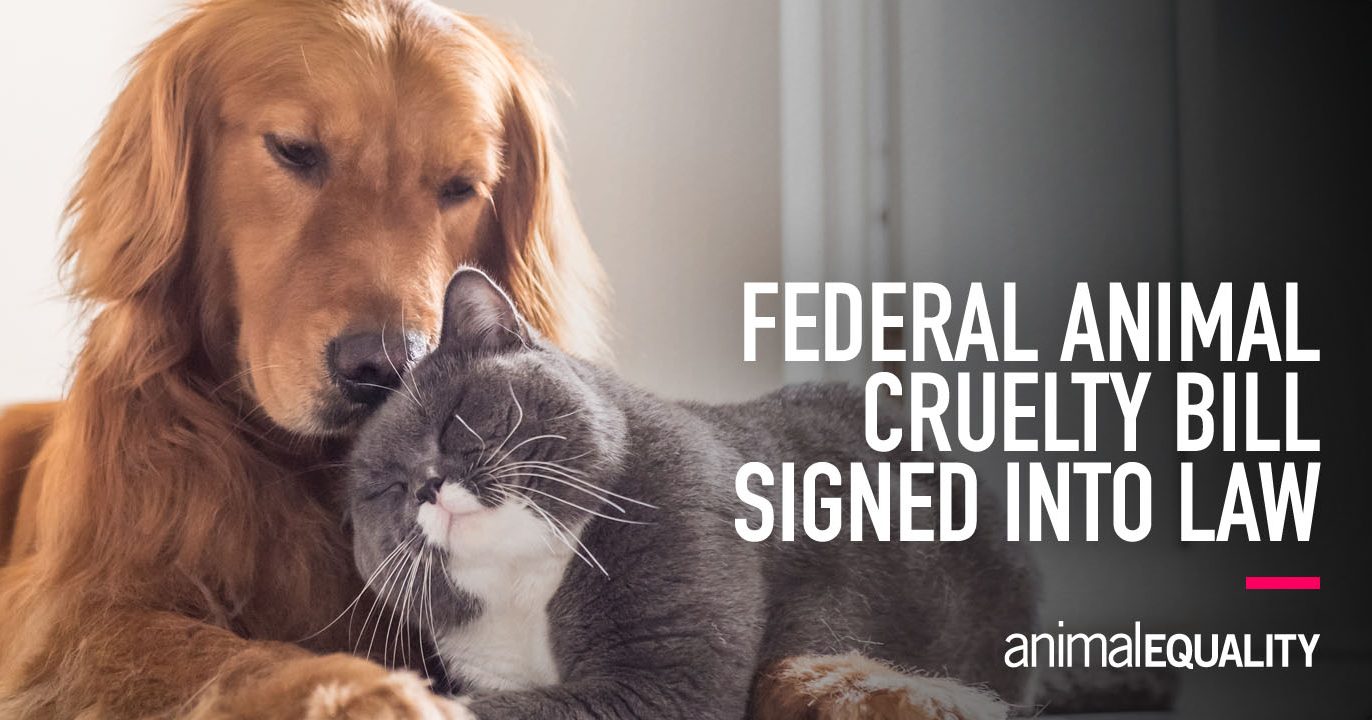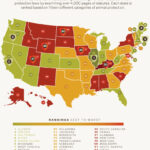In the landscape of American jurisprudence, animal cruelty often teeters on the precipice of legality. The regulation of animal welfare in the United States functions as a complex lattice woven from both federal and state statutes, creating a convoluted panorama that can bewilder the uninitiated. Understanding whether animal cruelty is legal necessitates an exploration of these laws, revealing the layers that constitute our societal commitment (or lack thereof) to protective measures for our non-human companions.
At the federal level, the Animal Welfare Act (AWA) stands as the primary legislation aimed at safeguarding the treatment of animals in various contexts—ranging from laboratory research to exhibition and commerce. However, the AWA does not provide a comprehensive shield against all forms of animal cruelty. It predominantly governs specific species, primarily focusing on warm-blooded animals and neglecting countless others, such as birds, rats, and mice. This creates an unsettling paradox where certain animals receive legal protection, while others remain vulnerable, much like a fortress with gaping holes in its walls.
The AWA delineates certain minimal standards for animal care, mandating that animals used in research be provided with adequate housing, nutritious food, and basic veterinary care. Yet, significantly, the legislation has been criticized for its permissive nature. Fine lines can separate legal practices from ethical considerations. For example, the breeding and treatment of animals used for food production often fall outside the purview of rigorous scrutiny—reflecting societal ambivalence toward the lives of farm animals, which many consider merely commodities.
Furthermore, the federal legislation primarily focuses on animals in research and entertainment, leaving a void when it comes to domestic animals, such as dogs and cats, which fall under the purview of state law. This fragmented approach leads to a disjointed legal framework that is as perplexing as it is inadequate.
Each state, like an independent note in a complex orchestral arrangement, establishes its own animal welfare laws. This patchwork of regulations varies widely across the country. Some states fervently advocate for animal rights, enacting stringent anti-cruelty statutes, while others take a more laissez-faire approach, allowing practices deemed cruel by many to proliferate unchecked. This variance can be likened to a tapestry, where the threads lawfully entwine yet create starkly different images based on the region’s values and priorities.
States such as California and New York are at the forefront of animal protection, with robust laws that criminalize a broad array of abusive actions. California’s Proposition 12, for instance, aims to establish minimum space requirements for certain farm animals, challenging industrial farming practices that treat living beings as mere economic units stripped of moral consideration. Here, the legal framework is bolstered by public sentiment, reflecting a collective consciousness that abhors cruelty.
Conversely, states like Iowa and South Dakota foster environments where factory farming remains largely unchecked, perpetuating a cycle of cruelty through practices that, while legal, are profoundly unethical. Herein lies the dilemma—the law does not always safeguard the innocent, allowing the cruel practices to continue unabated. This turn of events serves to highlight an inconvenient truth: legality does not equate to morality.
Interestingly, many states employ a tiered system regarding animal cruelty offenses. First-time offenders might receive only a slap on the wrist, while repeat offenders could face more severe penalties. This graduated approach attempts to balance the need for correction with the enforcement of justice. Yet, critics posit that leniency may inadvertently encourage continued cruelty, as fines and brief incarcerations fail to deter individuals who harbor malicious intentions.
The realm of animal fighting provides a particularly egregious illustration of cruelty legalized by omission. Federally, dogfighting is undeniably unlawful; however, the enforcement of such laws often wanes in regions where cultural practices normalize such barbarity. Consequently, countless lives are destroyed in underground rings, perpetuated by a legal system that struggles to keep pace with the brutal realities of human passions.
In recent years, some progress has been made on the federal front. In 2019, the PACT Act (Preventing Animal Cruelty and Torture) was signed into law, making it a federal felony to engage in certain acts of animal cruelty. Nevertheless, opponents contend that this is merely a step in the right direction—an attempt to patch together a much larger problem without addressing the root causes of animal exploitation and neglect. The law not only delineates specific acts of cruelty but also signals a growing recognition of animal sentience, akin to unveiling hidden facets of a gemstone previously shrouded in darkness.
As the American legal system grapples with the status of animal welfare, it becomes evident that socio-cultural shifts are crucial for catalyzing meaningful reform. Legislative changes sans public support often falter, revealing the power of collective consciousness in sparking transformative action. Advocacy groups, animal lovers, and the public at large must continue to raise awareness, pushing for stronger regulations and ethical considerations that extend beyond the confines of legality.
In summation, while animal cruelty is not wholly rampant in the United States, its legal status is far from definitive. The kaleidoscopic nature of state and federal laws creates a precarious environment for animals, where protections are not uniformly applied, and moral accountability often lags behind legal frameworks. The plight of these creatures lies in your hands—advocate for compassion, raise your voice against cruelty, and together, we can work to transform the legal landscape into a bastion of protection for all living beings.










